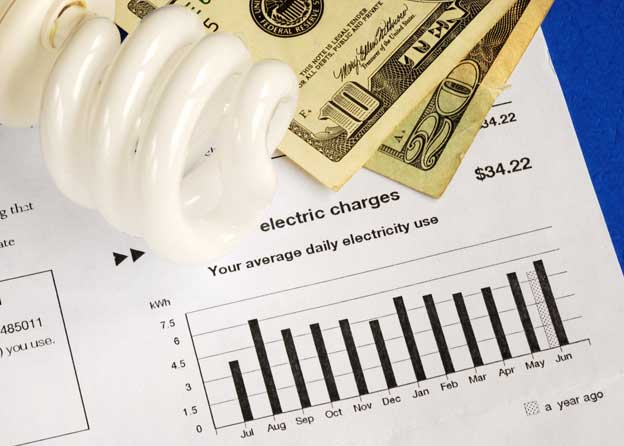1. Lower Energy Costs
Approximately 40% of a building’s energy is lost because of air infiltration. Gaps, holes and cracks in walls, attics, roofs and other parts of the house cause air to flow in and out. Because of this, warm or cold air inside is not contained causing HVAC systems to use up more energy to sustain the comfort level inside the home. The result is higher electricity bills especially during winter seasons when heating systems are in constant utilization. To prevent this, one needs to fill in the gaps, cracks and nooks that allow air to flow in and out. One of the most efficient air barriers available today is spray foam insulation. The U.S. Environmental Protection Agency’s (EPA) Energy Star program stipulated that by adding insulation and sealing air leaks, households could save up to 20% on their monthly energy bills.

The U.S. Department of Energy says that 56% of the energy used in a house goes to heating and cooling. Your home’s heating, ventilating, and air conditioning (HVAC) system comprises a huge bulk of your utility bills and your energy consumption especially during winter seasons. While keeping your HVAC systems at their best condition make your home more energy efficient, choosing to add insulation is better. Spray foam insulation is the number one choice of homeowners today as it can help reduce the workload of HVAC systems because of its excellent sealing capacity. The result? Lower monthly energy cost.
When a house is installed with spray foam insulation, gaps, holes and cracks that cause air to flow are sealed so air is contained inside the house. HVAC systems need not work in full swing because one can choose to turn it off or set it low knowing that the comfort level inside the house is maintained.
Air leaks can waste energy and drive utility bills up. Spray foam can be used to fill openings and prevent airflow in many areas of a house or building. Some of the common places that can be installed with spray foam insulation include:
- Walls
- Attics
- Basement
- Wiring holes
- Plumbing vents
- Window and door rim joints
With energy costs constantly rising, homeowners are constantly on the lookout for ways to reduce their energy consumption. Spray foam insulation is an efficient energy conservation solution that can significantly lower homeowners’ monthly energy bills.


